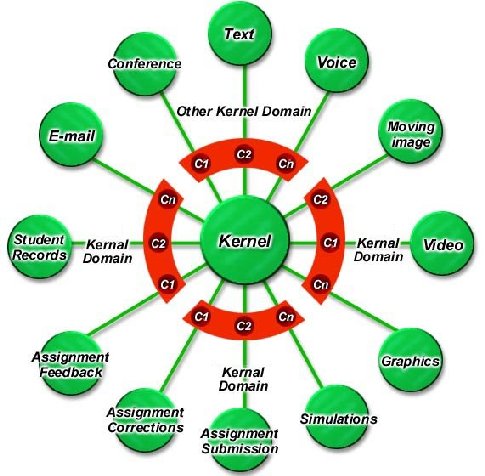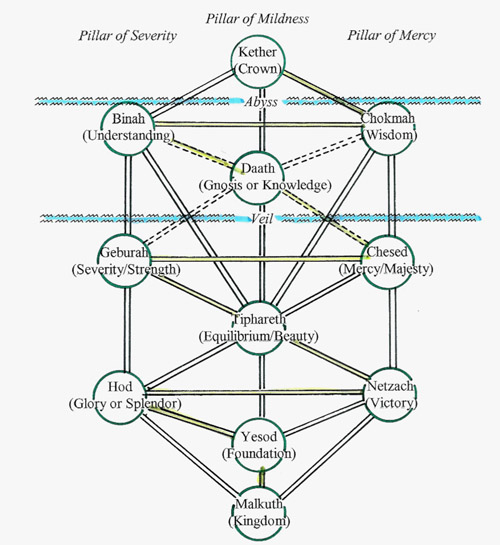El Golem
Si (como afirma el griego en el Cratilo)
el nombre es arquetipo de la cosa
en las letras de ‘rosa’ está la rosa
y todo el Nilo en la palabra ‘Nilo’.
Y, hecho de consonantes y vocales,
habrá un terrible Nombre, que la esencia
cifre de Dios y que la Omnipotencia
guarde en letras y sílabas cabales.
Adán y las estrellas lo supieron
en el Jardín. La herrumbre del pecado
(dicen los cabalistas) lo ha borrado
y las generaciones lo perdieron.
Los artificios y el candor del hombre
no tienen fin. Sabemos que hubo un día
en que el pueblo de Dios buscaba el Nombre
en las vigilias de la judería.
No a la manera de otras que una vaga
sombra insinúan en la vaga historia,
aún está verde y viva la memoria
de Judá León, que era rabino en Praga.
Sediento de saber lo que Dios sabe,
Judá León se dió a permutaciones
de letras y a complejas variaciones
y al fin pronunció el Nombre que es la Clave,
la Puerta, el Eco, el Huésped y el Palacio,
sobre un muí±eco que con torpes manos
labró, para enseí±arle los arcanos
de las Letras, del Tiempo y del Espacio.
El simulacro alzó los soí±olientos
párpados y vio formas y colores
que no entendió, perdidos en rumores
y ensayó temerosos movimientos.
Gradualmente se vio (como nosotros)
aprisionado en esta red sonora
de Antes, Después, Ayer, Mientras, Ahora,
Derecha, Izquierda, Yo, Tú, Aquellos, Otros.
(El cabalista que ofició de numen
a la vasta criatura apodó Golem;
estas verdades las refiere Scholem
en un docto lugar de su volumen.)
El rabí le explicaba el universo
“esto es mi pie; esto el tuyo, esto la soga.”
y logró, al cabo de aí±os, que el perverso
barriera bien o mal la sinagoga.
Tal vez hubo un error en la grafía
o en la articulación del Sacro Nombre;
a pesar de tan alta hechicería,
no aprendió a hablar el aprendiz de hombre.
Sus ojos, menos de hombre que de perro
y harto menos de perro que de cosa,
seguían al rabí por la dudosa
penumbra de las piezas del encierro.
Algo anormal y tosco hubo en el Golem,
ya que a su paso el gato del rabino
se escondía. (Ese gato no está en Scholem
pero, a través del tiempo, lo adivino.)
Elevando a su Dios manos filiales,
las devociones de su Dios copiaba
o, estúpido y sonriente, se ahuecaba
en cóncavas zalemas orientales.
El rabí lo miraba con ternura
y con algún horror. ‘í¿Cómo’ (se dijo)
‘pude engendrar este penoso hijo
y la inacción dejé, que es la cordura?’
‘í¿Por qué di en agregar a la infinita
serie un símbolo más? í¿Por qué a la vana
madeja que en lo eterno se devana,
di otra causa, otro efecto y otra cuita?’
En la hora de angustia y de luz vaga,
en su Golem los ojos detenía.
í¿Quién nos dirá las cosas que sentía
Dios, al mirar a su rabino en Praga?
(Jorge Luis Borges, 1958)
In Jewish tradition, the golem is most widely known as an artificial creature created by magic, often to serve its creator. The word “golem” appears only once in the Bible (Psalms139:16). In Hebrew, “golem” stands for “shapeless mass.” The Talmud uses the word as “unformed” or “imperfect” and according to Talmudic legend, Adam is called “golem,” meaning “body without a soul” (Sanhedrin 38b) for the first 12 hours of his existence. The golem appears in other places in the Talmud as well. One legend says the prophet Jeremiah made a golem However, some mystics believe the creation of a golem has symbolic meaning only, like a spiritual experience following a religious rite.
The Sefer Yezirah (“Book of Creation”), often referred to as a guide to magical usage by some Western European Jews in the Middle Ages, contains instructions on how to make a golem. Several rabbis, in their commentaries on Sefer Yezirah have come up with different understandings of the directions on how to make a golem. Most versions include shaping the golem into a figure resembling a human being and using God’s name to bring him to life, since God is the ultimate creator of life..
According to one story, to make a golem come alive, one would shape it out of soil, and then walk or dance around it saying combination of letters from the alphabet and the secret name of God. To “kill” the golem, its creators would walk in the opposite direction saying and making the order of the words backwards.
Other sources say once the golem had been physically made one needed to write the letters aleph, mem, tav, which is emet and means “truth,” on the golem’s forehead and the golem would come alive. Erase the aleph and you are left with mem and tav, which is met, meaning “death.”
Another way to bring a golem to life was to write God’s name on parchment and stick it on the golem’s arm or in his mouth. One would remove it to stop the golem.
Often in Ashkenazi Hasidic lore, the golem would come to life and serve his creators by doing tasks assigned to him. The most well-known story of the golem is connected to Rabbi Judah Loew ben Bezalel, the Maharal of Prague (1513-1609). It was said that he created a golem out of clay to protect the Jewish community from Blood Libel and to help out doing physical labor, since golems are very strong. Another version says it was close to Easter, in the spring of 1580 and a Jew-hating priest was trying to incite the Christians against the Jews. So the golem protected the community during the Easter season. Both versions recall the golem running amok and threatening innocent lives, so Rabbi Loew removed the Divine Name, rendering the golem lifeless. A separate account has the golem going mad and running away. Several sources attribute the story to Rabbi Elijah of Chelm, saying Rabbi Loew, one of the most outstanding Jewish scholars of the sixteenth century who wrote numerous books on Jewish law, philosophy, and morality, would have actually opposed the creation of a golem. (Source)
Kernel
Etymology: From Old English cyrnel, dimunitive of corn, seed
Pronunciation: * IPA: /Ã?Ë?kÃ?Å?ínÃ?â?¢l/ (UK) or /Ã?Ë?kínÃ?â?¢l/ (US)
1. The smallest, most basic piece of an object.
2. The very core, or center, of a larger system, upon which everything else is built.
3. (computing) The central part of many computer operating systems which manages the system’s resources and the communication between hardware and software components
4. A single seed, usually of corn.
5. The stone of certain fruits.
6. (mathematics) those elements, in the domain of a function, which the function maps to zero



Agora tenho a certeza de que de vocÃ?ªs estÃ?£o mesmo tendendo de Malkuth para Kether …